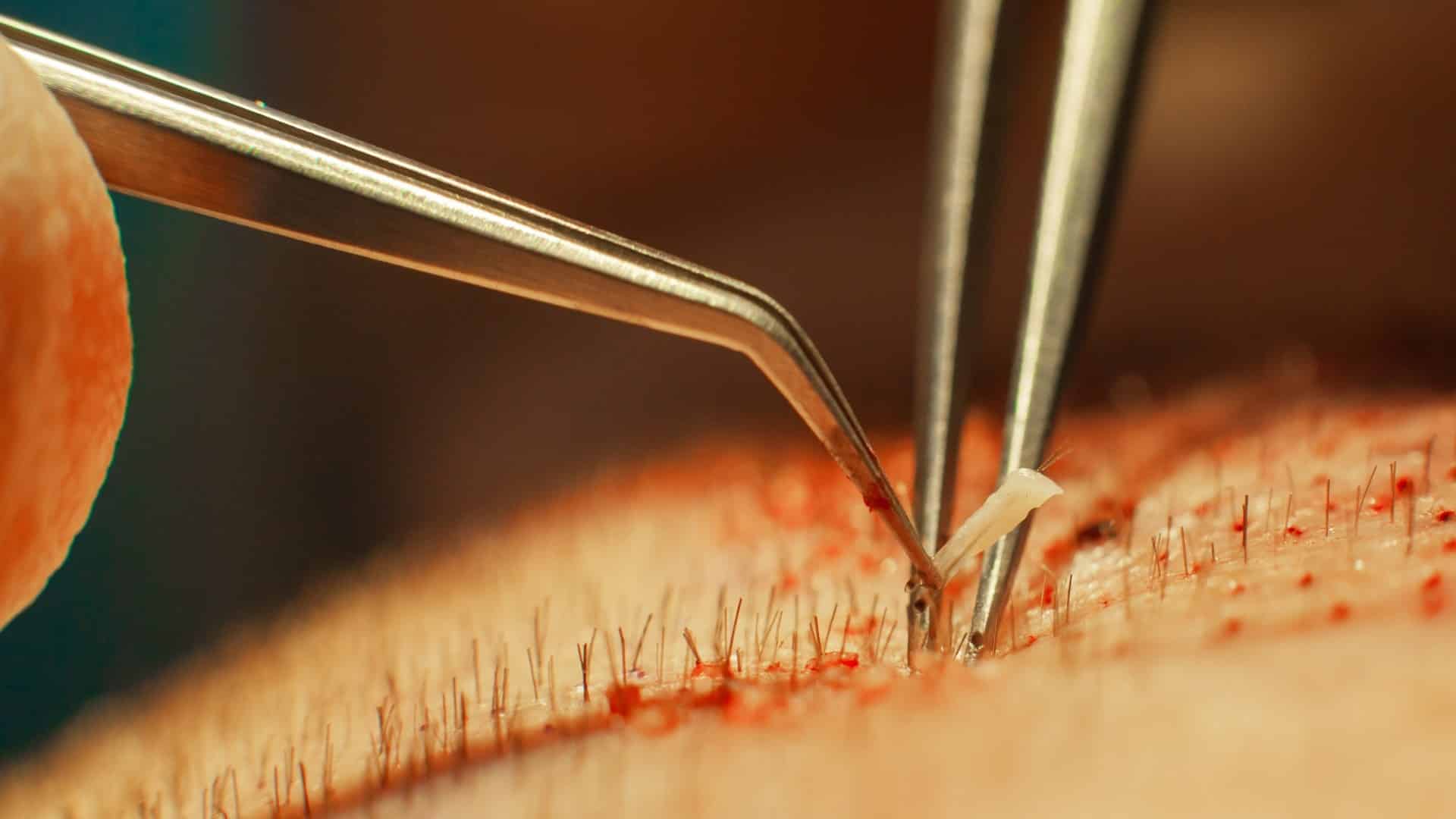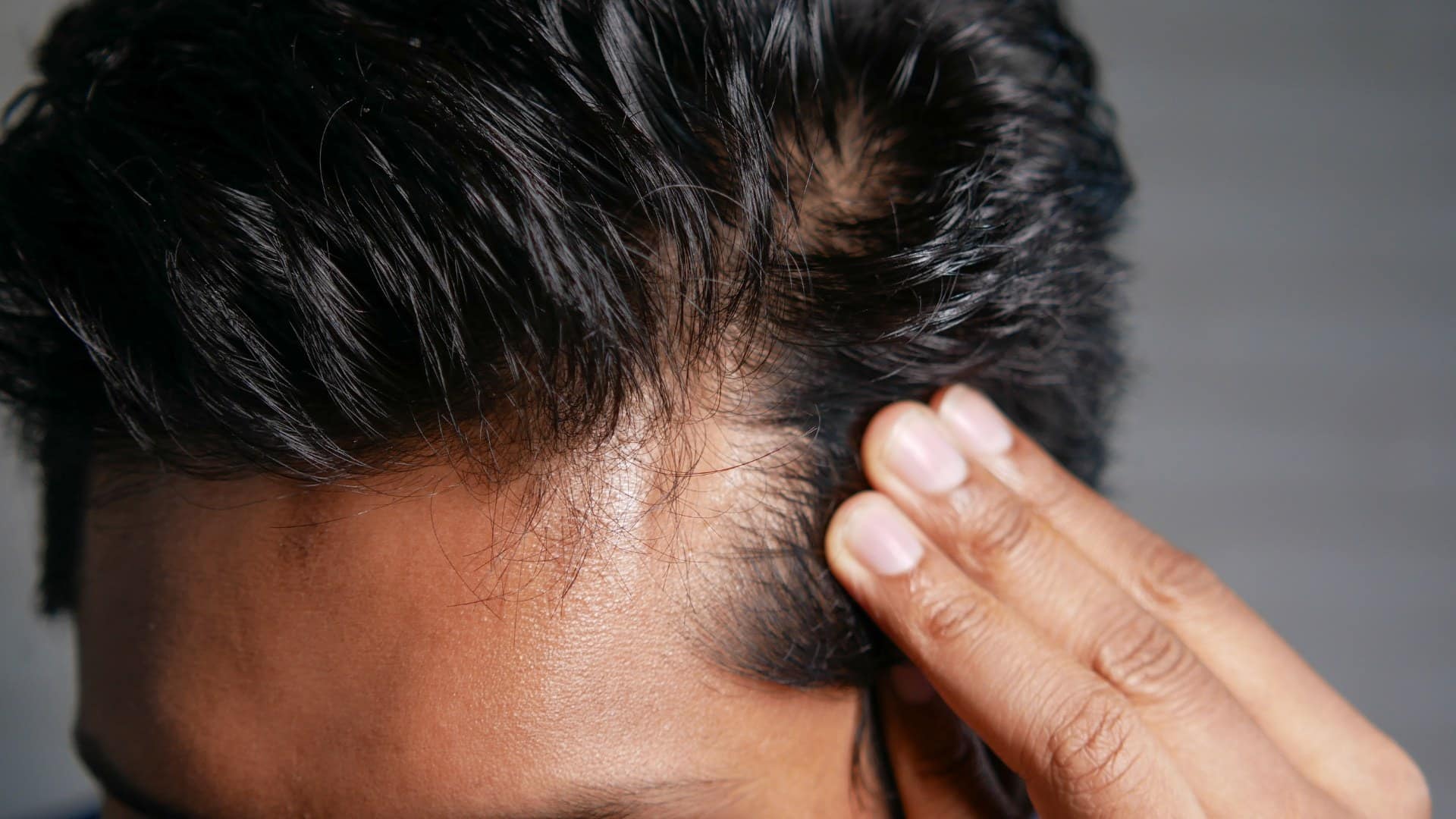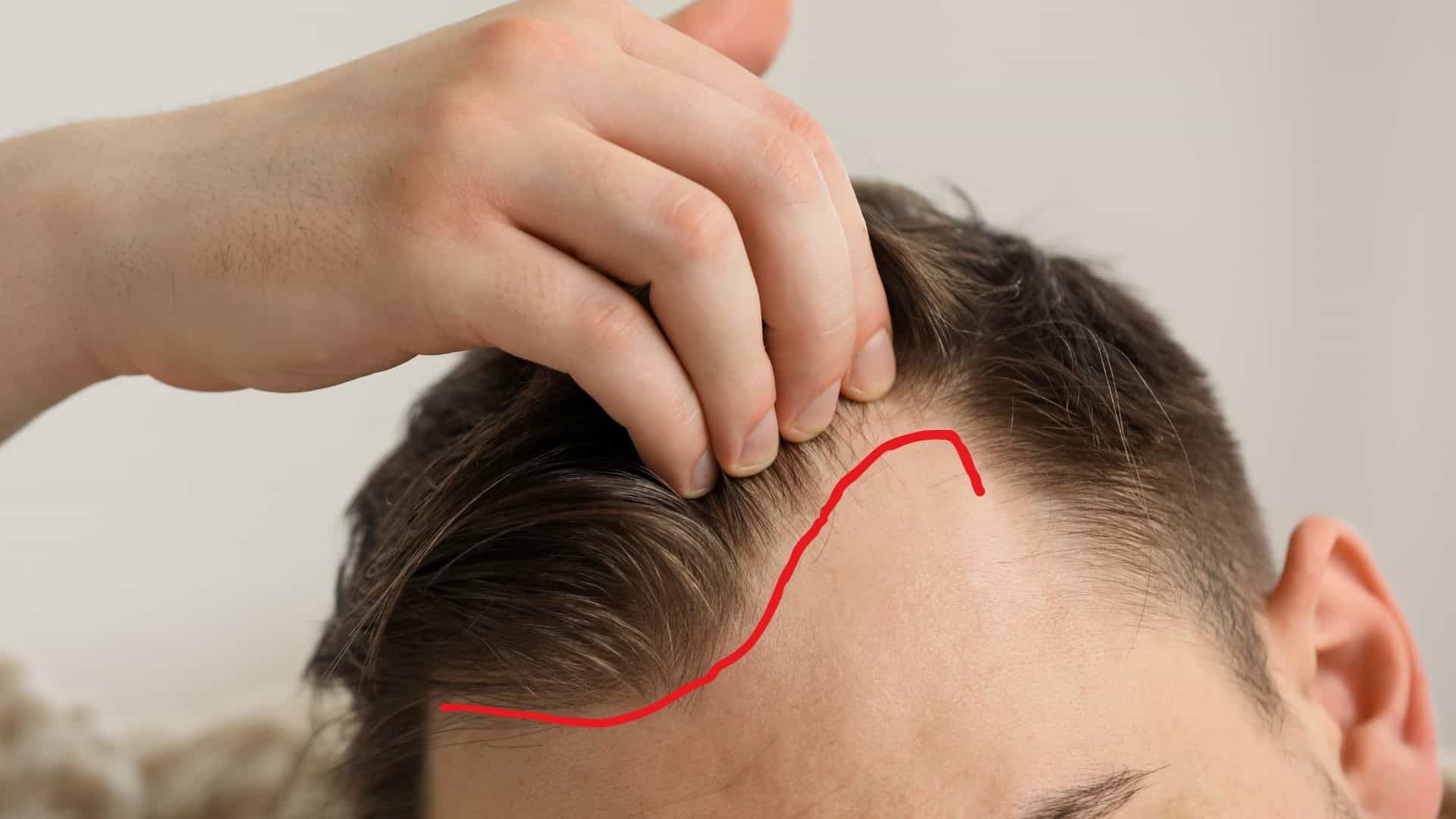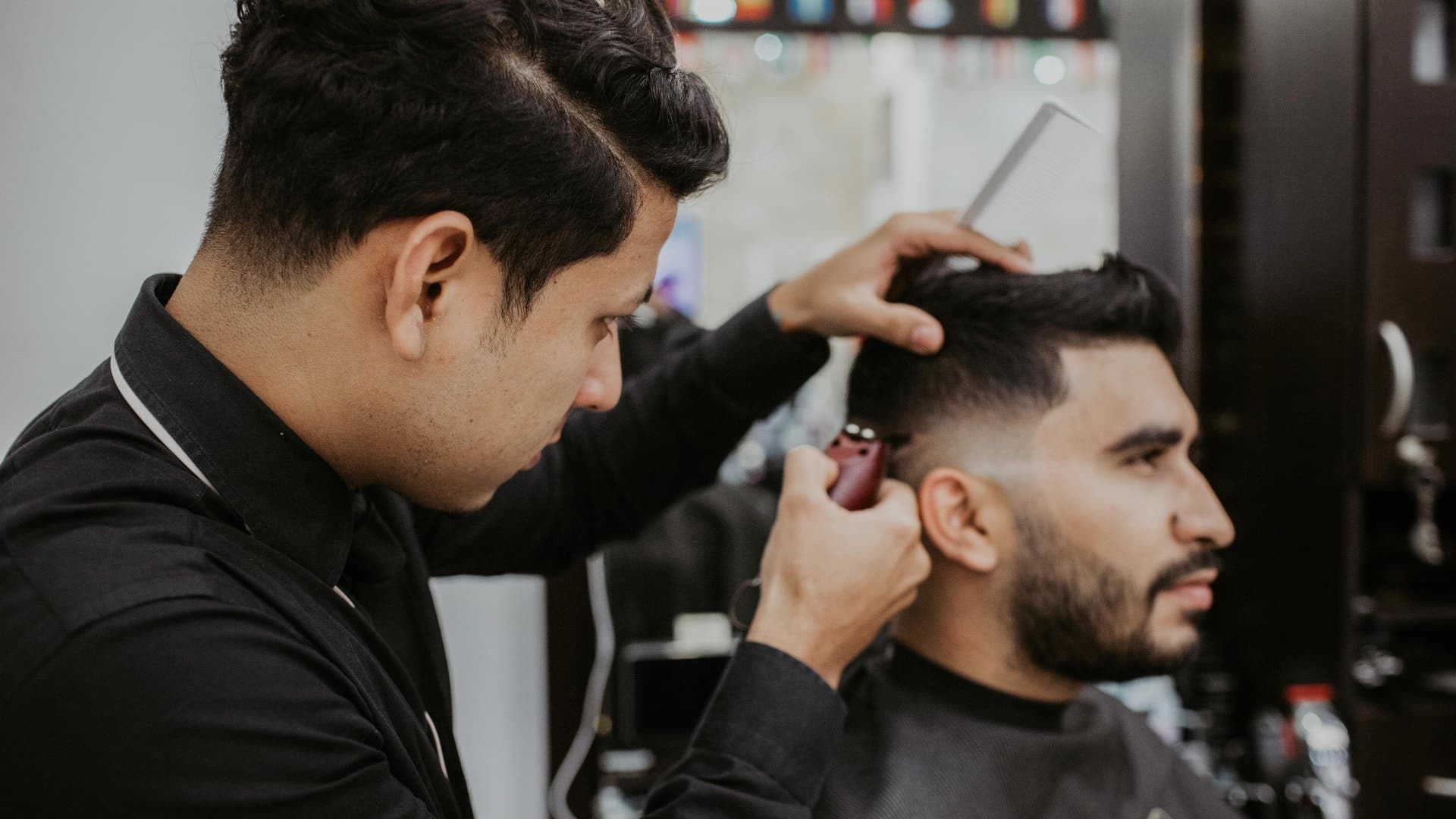
Introduction: The Future of Hair Restoration Is Here
As hair restoration technologies evolve, FUE hair transplants (Follicular Unit Extraction) are set to dominate the industry in 2025. With advanced techniques and a focus on natural results, FUE hair transplant surgery provides a minimally invasive option for addressing hair loss. This blog explores why FUE is becoming the top choice for patients seeking a successful outcome in their hair restoration journey.
What Is FUE and Why Is It Revolutionary?

Understanding Follicular Unit Extraction (FUE)
FUE involves extracting individual hair follicles from a donor area, typically the back of the scalp, and transplanting them to thinning or balding areas. The FUE technique ensures a natural appearance and eliminates the need for a linear scar, a common drawback of Follicular Unit Transplantation (FUT).
The Benefits of FUE Hair Transplants
-
Minimally Invasive Procedure: No linear scarring, allowing for shorter hairstyles.
-
Quick Recovery: The healing process typically lasts only a few weeks, with most patients returning to their routines swiftly.
-
Natural Results: Transplanted hair blends seamlessly with existing hair for a natural look.
-
Versatility: Suitable candidates include those with scalp hair or even body hair transplantation needs.
-
Superior Results: Utilizing only scalp hair for transplantation ensures better retention of hair characteristics and superior outcomes compared to body hair transplants.
Advanced Technologies Driving Success Rates
FUE utilizes advanced technologies to extract and implant follicular units with precision. This allows for better graft survival and higher success rates, ensuring most patients achieve their desired results.
Ideal Candidates for FUE
Age and Hair Loss
The ideal age for an FUE hair transplant generally falls between 25 and 65 years old. This age range is recommended because hair loss patterns tend to stabilize, making it easier to achieve lasting results. Individuals with stabilized hair loss, where the rate of hair shedding has slowed or stopped, are prime candidates for FUE. On the other hand, younger individuals experiencing progressive hair loss may not be ideal candidates, as their hair loss could continue even after the transplant. This could necessitate additional procedures in the future.
Hair Loss Patterns

FUE hair transplants are versatile and can address various hair loss patterns, including male and female pattern baldness, receding hairlines, and thin hair. The extent and pattern of hair loss significantly influence the number of grafts required and the overall success of the procedure. A skilled hair restoration surgeon will assess the individual’s hair loss pattern to determine the most effective treatment plan. This personalized approach ensures that the transplanted hair blends seamlessly with the existing hair, providing a natural and aesthetically pleasing result.
Medical Conditions
Certain medical conditions can impact the suitability of a candidate for FUE hair transplants. Conditions such as alopecia areata, autoimmune disorders, and skin conditions like psoriasis or eczema may affect the outcome of the procedure. Additionally, individuals with a history of keloid formation, bleeding disorders, or those taking specific medications may not be ideal candidates. A thorough medical evaluation is essential to determine an individual’s suitability for FUE. This evaluation helps ensure that the procedure is safe and that the patient can achieve the best possible results.
Why FUE Is the Leading Choice for Hair Restoration in 2025

Personalized Hairline Design and Natural-Looking Results
FUE allows skilled surgeons to design a hairline in a planned manner, creating a customized look tailored to each patient’s cosmetic goals. This process takes into account the density, direction, and angle of each graft, resulting in a natural, seamless hairline.
Flexibility with Grafts and Donor Areas
-
FUE Involves: Transplanting individual follicular units from various body sites, including the scalp, chest, or beard.
-
More Grafts in One Session: Advanced methods enable more grafts to be transplanted efficiently, reducing the need for multiple procedures.
-
Suitable for Severe Hair Loss: Patients with thinning hair or severe hair loss benefit greatly from this approach, as it provides enough hair to restore natural density.
Improved Cosmetic Appearance with No Linear Scar
Unlike FUT, FUE eliminates the visible linear scar, making it ideal for patients who prefer shorter hairstyles. This improvement enhances the overall cosmetic appearance of the scalp, giving patients the confidence to style their hair as they wish.
The FUE Procedure: What to Expect

The Steps of an FUE Procedure
-
Consultation: Surgeons assess how many grafts are required and the health of the donor area. This initial step also helps determine the suitability of the patient for the procedure.
-
Preparation: Patients may be advised to avoid blood thinners before the procedure to minimize risks and ensure optimal healing.
-
Extraction: Using precision tools, surgeons extract single follicles from the donor area. This meticulous process preserves the surrounding tissue and blood vessels.
-
Transplantation: The individual follicular units are implanted into the recipient area to restore hair growth in balding areas.
Outlining Donor and Recipient Areas
In FUE hair transplants, the donor area is typically located at the back and sides of the head, where hair is thicker and more resistant to balding. The recipient area is the balding or thinning region where the transplanted hair will be placed. A hair restoration surgeon will carefully outline these areas to ensure the best possible results. By meticulously planning the extraction and implantation of hair follicles, the surgeon can achieve a natural-looking hairline and optimal hair density.
Preparing Recipient Sites
Preparing recipient sites is a crucial step in the FUE hair transplant procedure. This step involves creating tiny incisions in the recipient area, where the extracted grafts will be placed. The surgeon uses a specialized tool to create these incisions, taking care to match the natural angle and orientation of the surrounding hair.
The recipient sites are typically created in a random pattern to mimic the natural growth of hair. The sites are also created at a depth that allows the grafts to be placed at the correct angle, ensuring a natural-looking result. The surgeon may also use a magnifying glass or microscope to ensure that the sites are created with precision and accuracy.
Once the recipient sites are created, the surgeon will gently place the extracted grafts into the sites, taking care to handle the grafts with precision and care. The grafts are placed in a way that allows them to receive the necessary blood supply and nutrients to promote healthy growth.
Harvesting Grafts
Harvesting grafts is a critical step in the FUE hair transplant procedure. This step involves extracting individual hair follicles from the donor area, typically located at the back and sides of the head. The surgeon uses a specialized tool, called a punch, to extract the grafts.
The punch is used to create a small circular incision around the hair follicle, allowing the surgeon to gently extract the graft from the donor area. The grafts are then placed in a specialized solution to keep them moist and healthy until they are ready to be transplanted.
The number of grafts harvested can vary depending on the individual’s hair loss and the desired outcome. On average, a FUE hair transplant procedure can involve the harvesting of anywhere from 1,000 to 3,000 grafts.
Administering Anesthesia
To ensure a comfortable FUE procedure, local anesthesia is typically administered to numb the donor and recipient areas. This approach minimizes discomfort and allows the patient to remain awake during the surgery. In some cases, sedation may be used to enhance relaxation and ease any anxiety. The type and dosage of anesthesia will depend on the individual’s medical history and the surgeon’s preference. This tailored approach ensures that each patient has a safe and comfortable experience during their hair restoration journey.
Recovery and New Hair Growth
-
Quick Recovery Time: Most patients heal within a few weeks and experience minimal discomfort during the process.
-
New Hair Growth Timeline: Transplanted hair typically starts growing within a few months, with full results visible after 12 months. Regular follow-ups ensure the progress aligns with expectations.
Post-Procedure Care
Post-procedure care is an essential part of the FUE hair transplant process. After the procedure, the surgeon will provide instructions on how to care for the transplanted area. This may include applying a topical antibiotic ointment to the recipient area, taking pain medication to manage any discomfort, and avoiding strenuous activities for a few days.
It’s also essential to follow a post-procedure care routine to ensure the best possible results. This may include:
-
Avoiding direct sunlight and heat for a few days
-
Avoiding strenuous activities for a few days
-
Applying a topical antibiotic ointment to the recipient area
-
Taking pain medication to manage any discomfort
-
Following a gentle shampooing routine to avoid damaging the transplanted hair
By following these instructions and taking good care of the transplanted area, patients can ensure a smooth and successful recovery.
Potential Complications
As with any surgical procedure, cosmetic or not, there are potential complications that may be associated with FUE hair transplant surgery. These may include:
-
Infection: As with any surgical procedure, there is a risk of infection with FUE hair transplant surgery.
-
Bleeding: There is a risk of bleeding during and after the procedure.
-
Scarring: There is a risk of scarring at the donor site, although this is typically minimal.
-
Unnatural-looking results: There is a risk that the transplanted hair may not look natural, although this is typically due to poor technique or unrealistic expectations.
-
Hair loss: There is a risk that the transplanted hair may not grow as expected, although this is typically due to poor technique or unrealistic expectations.
It’s essential to discuss these potential complications with a qualified hair transplant surgeon to understand the risks and benefits of the procedure. By choosing a qualified and experienced surgeon, patients can minimize the risk of complications and ensure a successful outcome.
Factors That Influence FUE Success
-
Skilled Surgeons: The expertise of the hair transplant surgeon plays a critical role in achieving a successful outcome.
-
Donor Hair Availability: Having enough hair in the donor area ensures optimal results.
-
Advanced Techniques: Clinics using state-of-the-art tools and methods see higher success rates, ensuring most patients leave satisfied.
How FUE Compares to Other Hair Restoration Options
FUE vs. FUT
-
Linear Scar: FUT involves a visible scar, while FUE does not, making it the preferred option for patients focused on aesthetics.
-
Healing Process: FUE offers quicker recovery with minimal discomfort, making it ideal for patients with busy lifestyles.
-
Grafts Required: FUE allows for precise implantation of grafts, especially for smaller balding areas or areas requiring detailed hairline design.
Non-Surgical Alternatives to FUE
While medical treatments like Platelet-Rich Plasma (PRP) therapy can support hair growth, they are often best used in conjunction with FUE for comprehensive results. PRP helps stimulate the growth of transplanted hair and improves the health of the scalp, creating an optimal environment for new hair to thrive. However at Best Hai Transplant , we have found that stem cell injections have been proven to be the most effective non-surgical procedure that we have performed compared to prp or basic growth factor injections.
Costs and Accessibility of FUE Hair Transplants

FUE Hair Transplant Costs
The cost of an FUE procedure varies depending on the number of grafts required and the clinic’s location. Flexible financing options are available at many clinics, making hair restoration more accessible for patients from various backgrounds. Patients are encouraged to inquire about packages or promotions during their consultation.
Health Insurance Considerations
Since most health insurance plans do not cover cosmetic procedures, patients must plan accordingly. Discussing payment options and financing plans with the clinic can ease the financial burden while ensuring access to top-tier care.
The Future of Hair Restoration Trends
Innovations in Hair Transplantation
The International Society of Hair Restoration Surgery predicts continuous advancements in FUE techniques, including the use of robotics for enhanced precision and efficiency. These innovations are expected to make FUE procedures even more accessible and effective.
Evolving Trends in Hair Restoration
-
Body Hair Transplantation: The ability to use different body sites as donor areas is expanding, providing more flexibility for patients with limited scalp donor hair.
-
Scalp Health Maintenance: Clinics emphasize scalp care to maximize new hair growth and durability, ensuring long-term success for patients.
-
Customizable Options: FUE is becoming more patient-specific, with solutions tailored to individual needs, including personalized hairline designs and density planning.
How to Begin Your Hair Restoration Journey
Finding the Right Clinic
-
Look for clinics with experienced surgeons who specialize in FUE hair transplants and have a proven track record of success.
-
Choose a facility with advanced technology and a strong reputation for providing natural-looking results.
Questions to Ask Your Surgeon
-
How much hair can be transplanted in one session?
-
What are the risks of FUE compared to other methods?
-
How long will the healing process take?
-
Are flexible financing options available for the procedure?
Conclusion: FUE Hair Transplants Are the Future of Hair Restoration

As we move into 2025, FUE hair transplants are cementing their place as the leading solution for hair loss. With natural-looking results, minimal downtime, and no linear scarring, FUE offers a life-changing opportunity for patients seeking to restore their hair and confidence. Whether you’re addressing thinning hair or severe hair loss, FUE is a game changer for achieving a full, natural head of hair.
Book a consultation today with our skilled surgeons in Los Angeles and start your hair restoration journey with the best in the industry.
